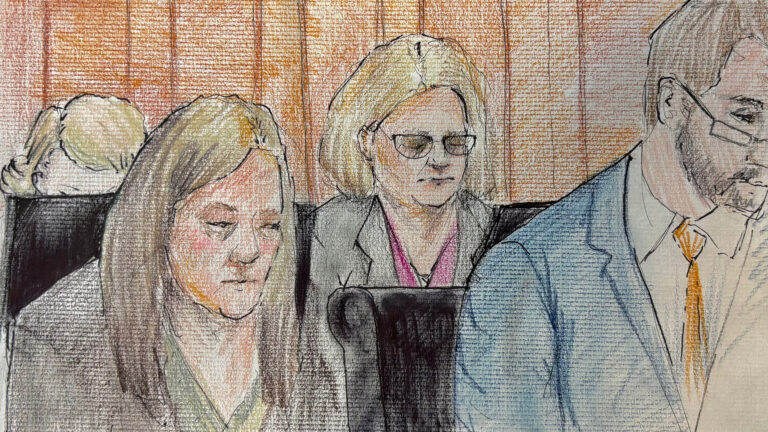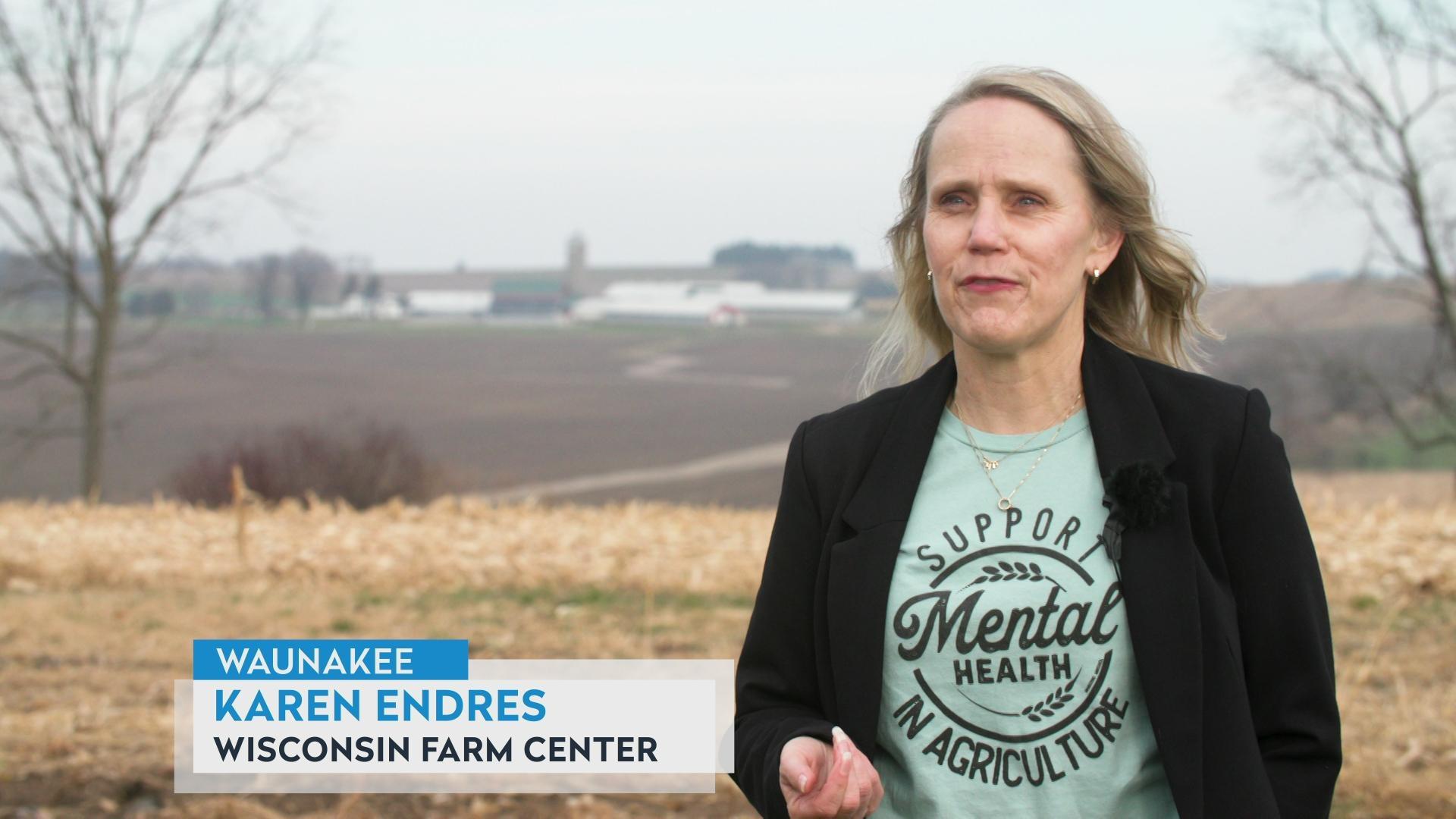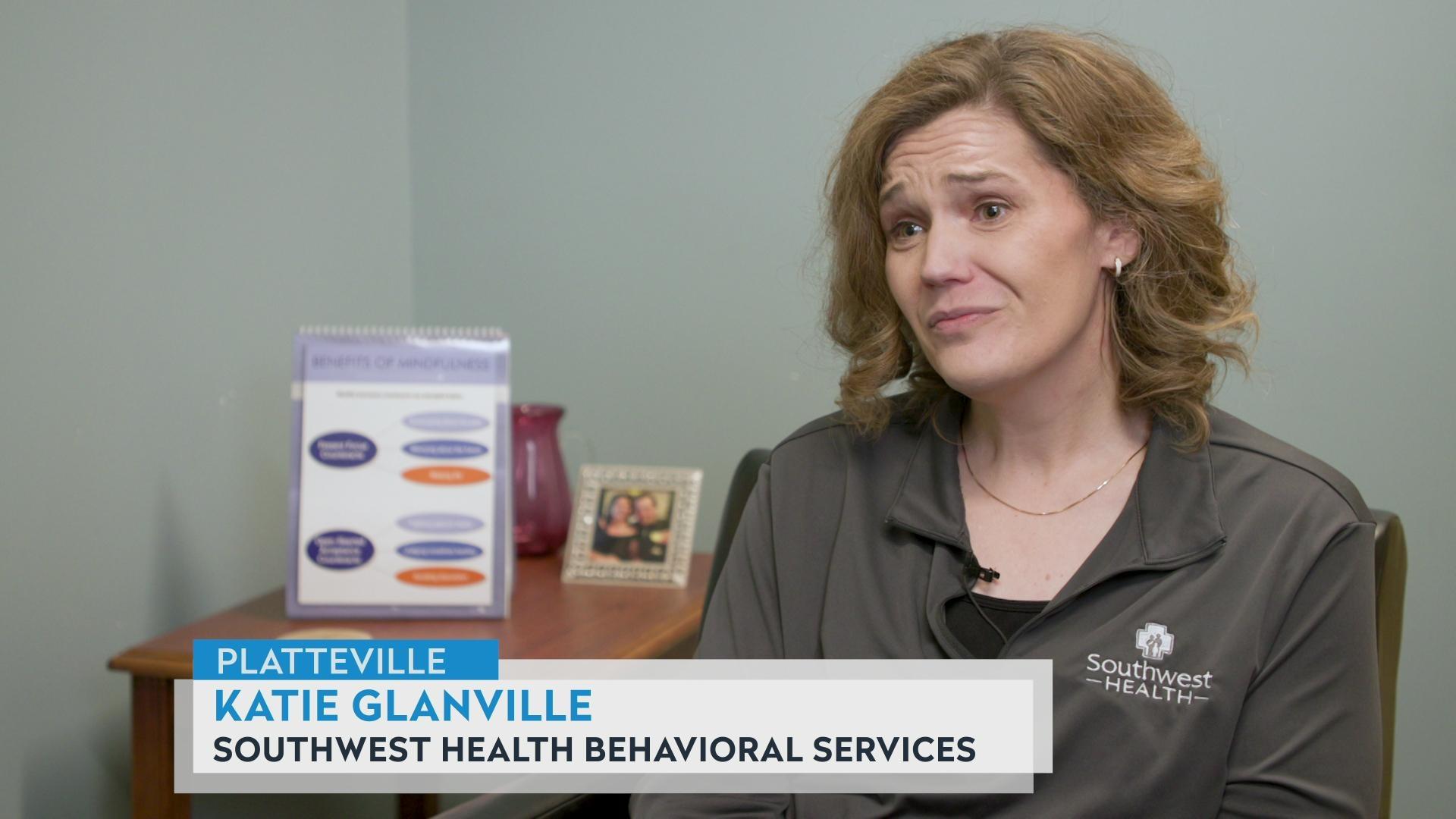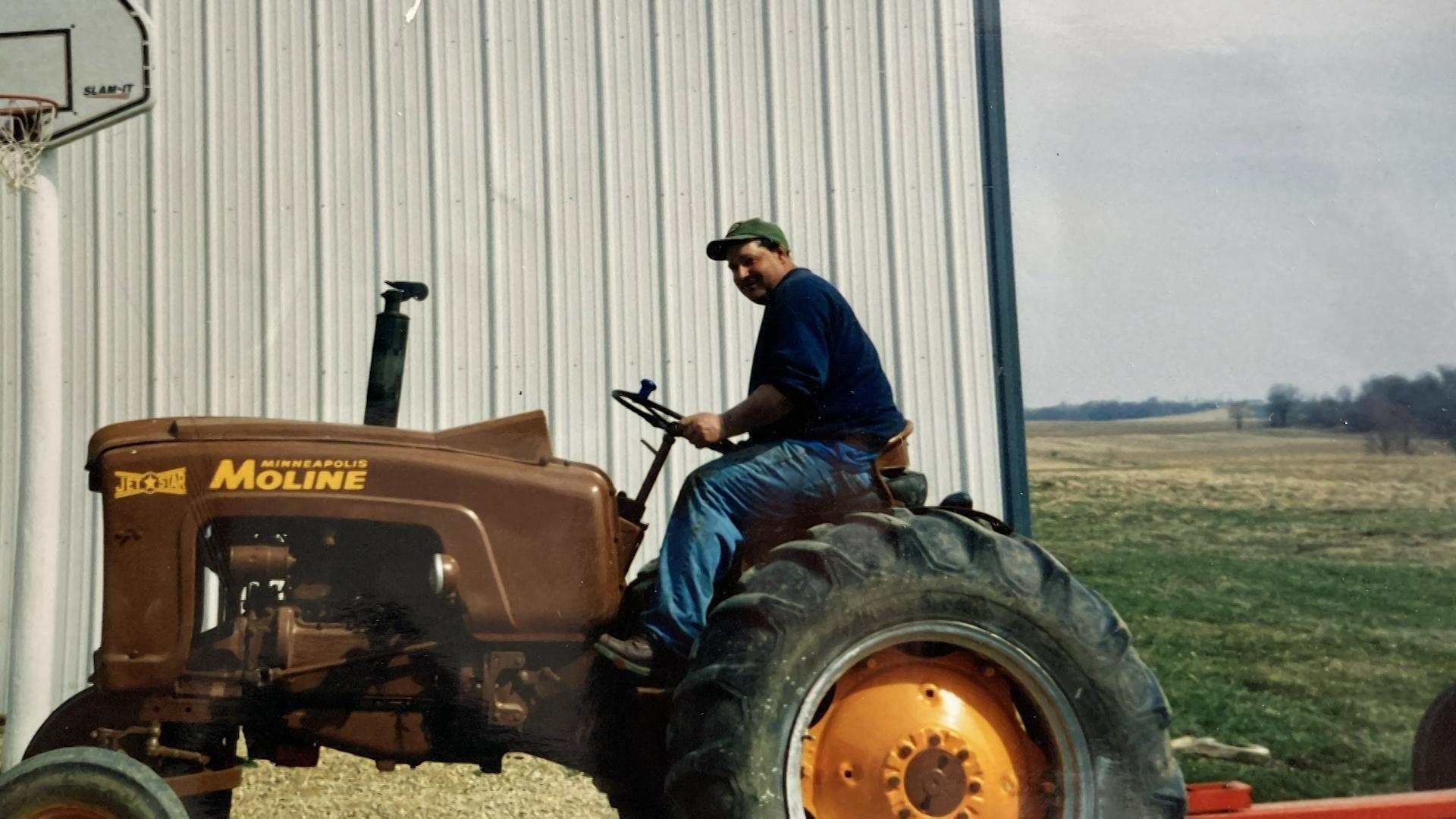Jon McCray Jones on ShotSpotter surveillance in Milwaukee
By Frederica Freyberg | Here & Now
March 1, 2024 • Southeast Region
American Civil Liberties Union of Wisconsin policy analyst Jon McCray Jones discusses Milwaukee's use of a gunfire detection system and its placement in predominantly Black and Hispanic neighborhoods.
VIDEO TRANSCRIPT
Frederica Freyberg:
Technology that picks up shots fired in Milwaukee is under the microscope. It’s called ShotSpotter and it captures the sound of gunfire with microphone sensors located on mostly the north and, to a lesser degree, the south sides of the city. These are predominantly Black and Hispanic neighborhoods. The gunshot detection system alerts police to the location for response. Wired Magazine recently leaked the location of the audio sensors, which are accompanied in Milwaukee by pole cameras for remote surveillance. Last year, there were more than 14,000 ShotSpotter activations in the city. Across the country, some 84 cities use the technology, where nearly 70% of the people who live in those neighborhoods are Black or Hispanic. This is what our next guest calls the oversurveillance of the most heavily marginalized communities in the country. Jon McCray Jones is a policy analyst with the American Civil Liberties Union of Wisconsin. Jon, thanks very much for being here.
Jon McCray Jones:
Hey, how are you doing today?
Frederica Freyberg:
Good. So you call it dystopian that there are over 25,000 microphones in communities nationwide. How so?
Jon McCray Jones:
I think that this is going — not missing the forest for the trees. I think this paints the picture of the larger surveillance network that are being built in local law enforcement inside cities around the country. I mean just inside Milwaukee, we have the ShotSpotters that we’re going to talk about. We have Stingray cell site simulators. We have automated license plate readers. We have private cameras that are going to be accessible to the Milwaukee Police Department. We have drones being proposed as a way of surveilling communities, and I think when you start layering these things on top of each other, you paint this 1984 dystopian nightmare.
Frederica Freyberg:
So does the use of ShotSpotter and these other technologies result in over-policing, then, of marginalized neighborhoods, in your mind?
Jon McCray Jones:
100%. I think there’s going to be a narrative push that the reason why ShotSpotter is put in the locations that they are is because these communities experience the largest amount of gun violence. The problem with this narrative is that multiple studies have proved that ShotSpotters doesn’t actually reduce gun violence. There is a 2021 report out of Northwestern that talks about how 86% of ShotSpotter alerts does not lead to any report of a crime at all and there’s a 10-year study out of St. Louis that says that ShotSpotter does not a) reduce crime and b) does not improve police times. So the problem is that not only is it a waste of taxpayer resources by sending cops into these neighborhoods and there’s nothing that they can do to reduce gun violence, but the second problem is that you’re sending these officers who are expecting to encounter someone with a gun into Black and brown communities that are already over-policed and already have a rocky relationship with law enforcement and you’re just creating a recipe for disaster.
Frederica Freyberg:
Meanwhile, the manufacturer of the ShotSpotter technology says it provides intelligence that allows police to coordinate safe, efficient, and equitable responses that require fewer resources in a way that builds community trust. What’s your response to that?
Jon McCray Jones:
I mean, that’s great, but the independent research doesn’t back that up, and I think that’s why we need data out of Milwaukee to know if the privacy that we’re trading to law enforcement and trading to these private companies actually leads to safer communities for the people being over-policed and surveilled by ShotSpotter.
Frederica Freyberg:
Another question. What do you think of the fact that police, in my understanding, are allowed to use ShotSpotter calls to generate probable cause to search someone nearby?
Jon McCray Jones:
That goes back to the over-policing. The fact that someone unlucky person who is walking around at night who happens to just be in the vicinity of a ShotSpotter alert now has probable charge to be stopped and frisked. It’s kind of dystopian, I mean, the idea that you’re walking through your community and just because some technology that, again, going back to the 2021 Northwestern study, there was over 40,000 dead end deployments in Chicago in a two-year span. So this unreliable technology sends out an alert. Police are sent to your community and now you’re stopped and frisked just because you’re walking alone at night inside the vicinity.
Frederica Freyberg:
So would the ACLU like to get rid of the use of ShotSpotter in Milwaukee altogether?
Jon McCray Jones:
It’s easy for us to say yes. It’s easy for us to say that all the surveillance technologies going back to automated license plate readers, private cameras being integrated into law enforcement, drones and facial recognition should be banned. It’s also very easy for law enforcement to say, hey, these technologies are worth the squeeze and worth the resources that we’re pouring into it. What I want to propose is a community control over police surveillance ordinance, also known as CCOPS. These ordinances are being passed in cities around the country and they do two things. So, first, any technology that law enforcement wants to use has to have a city council hearing or whatever is the legislative body to approve that technology. And what that does is it allows the community to come in and have input to their elected officials and say, hey, we want this technology in our neighborhoods or, no, I don’t feel comfortable with automated license plate readers tracking everywhere my car goes or, no, I don’t feel comfortable with microphones being stationed in my community. And then a second thing a CCOP ordinance does is that every year, law enforcement has to publish an annual report that goes to the city that, one, talks about the financial strain that these technologies are costing communities and, two, they actually — they tell us the data on are these communities — or are these technologies actually making communities safer. And I think that’s the most important aspect, because we don’t know if ShotSpotter works in Milwaukee. We’ve spent millions of dollars over the past decade and homicides have risen and fallen in the city. So that — knowing that the privacy that we’re trading is actually leading to some type of benefit to the community is something else worth investing in.
Frederica Freyberg:
Jon McCray Jones, thanks very much.
 Passport
Passport











Follow Us